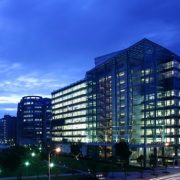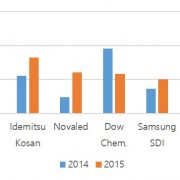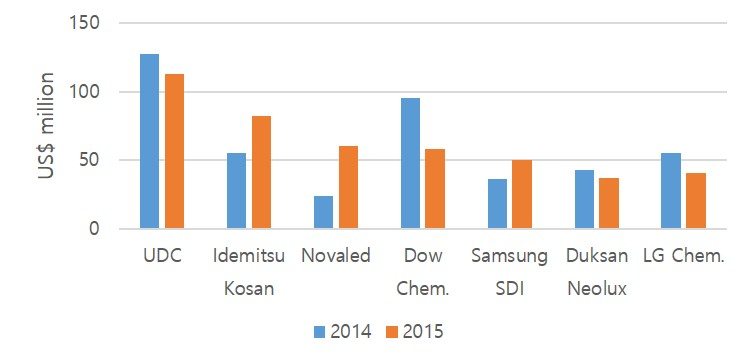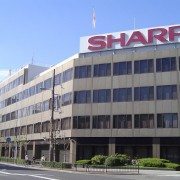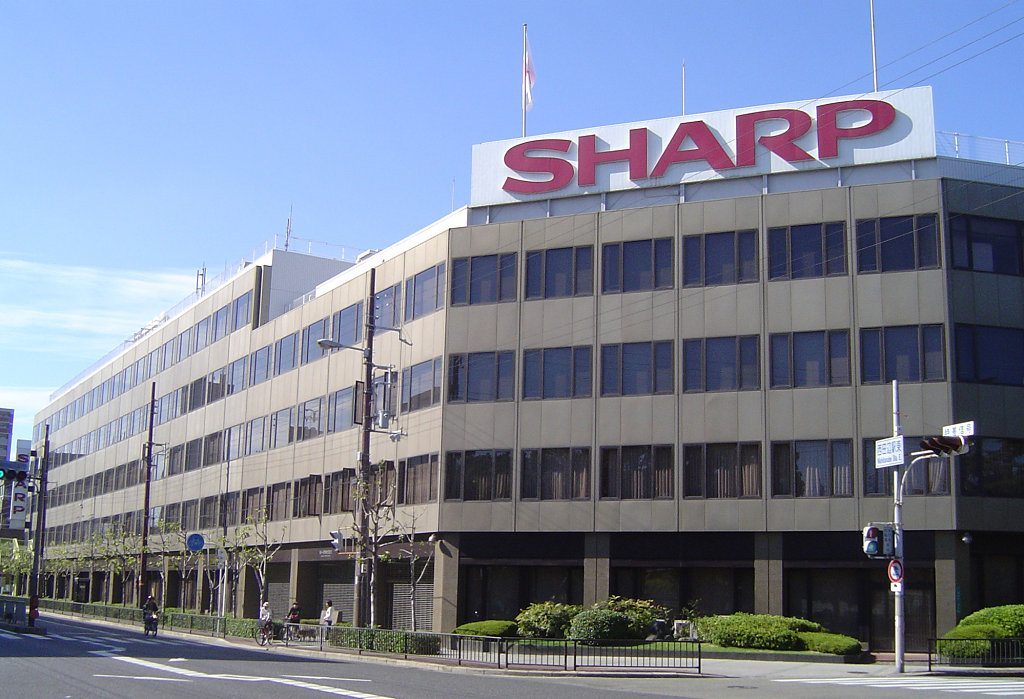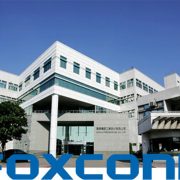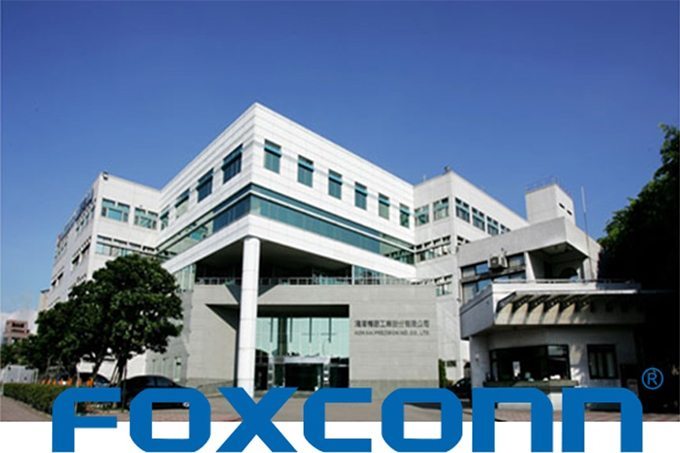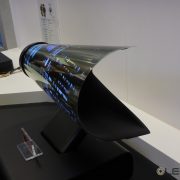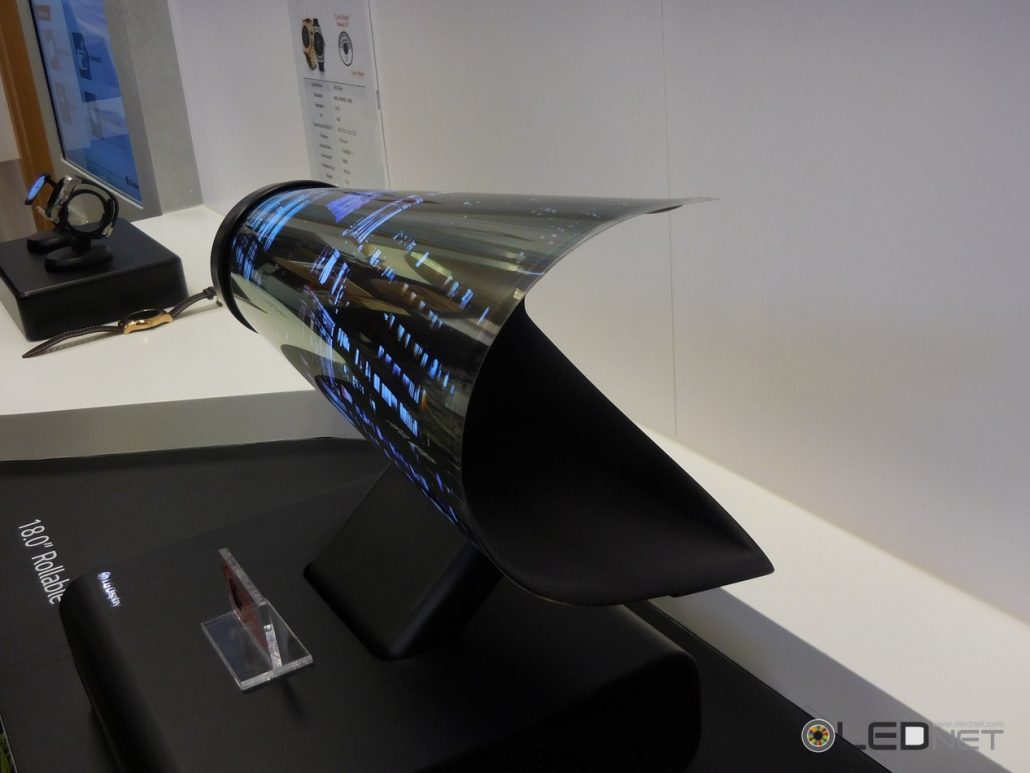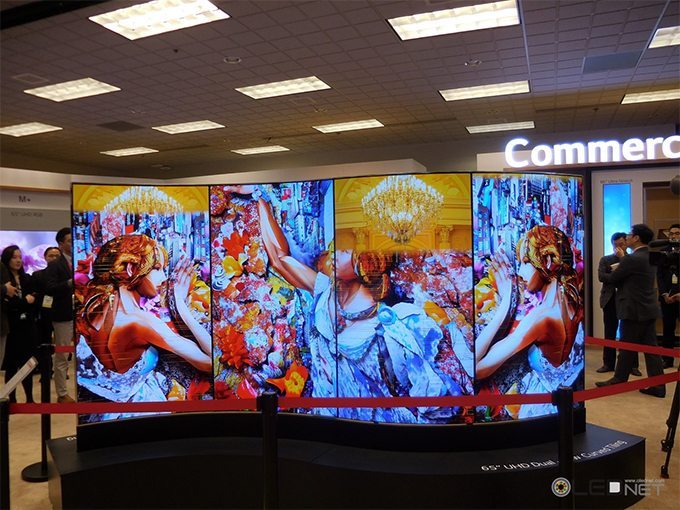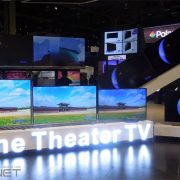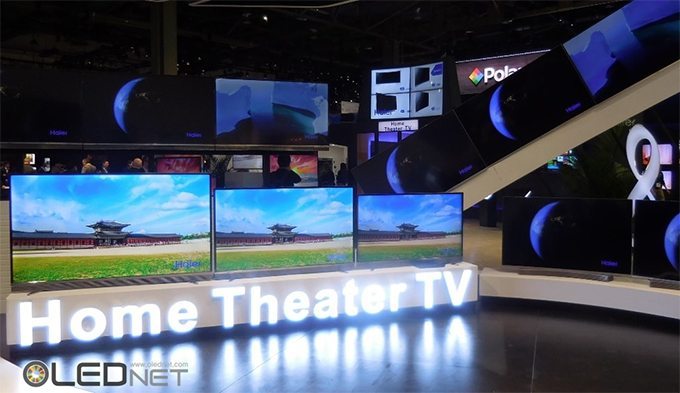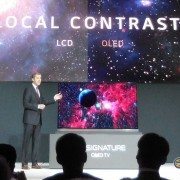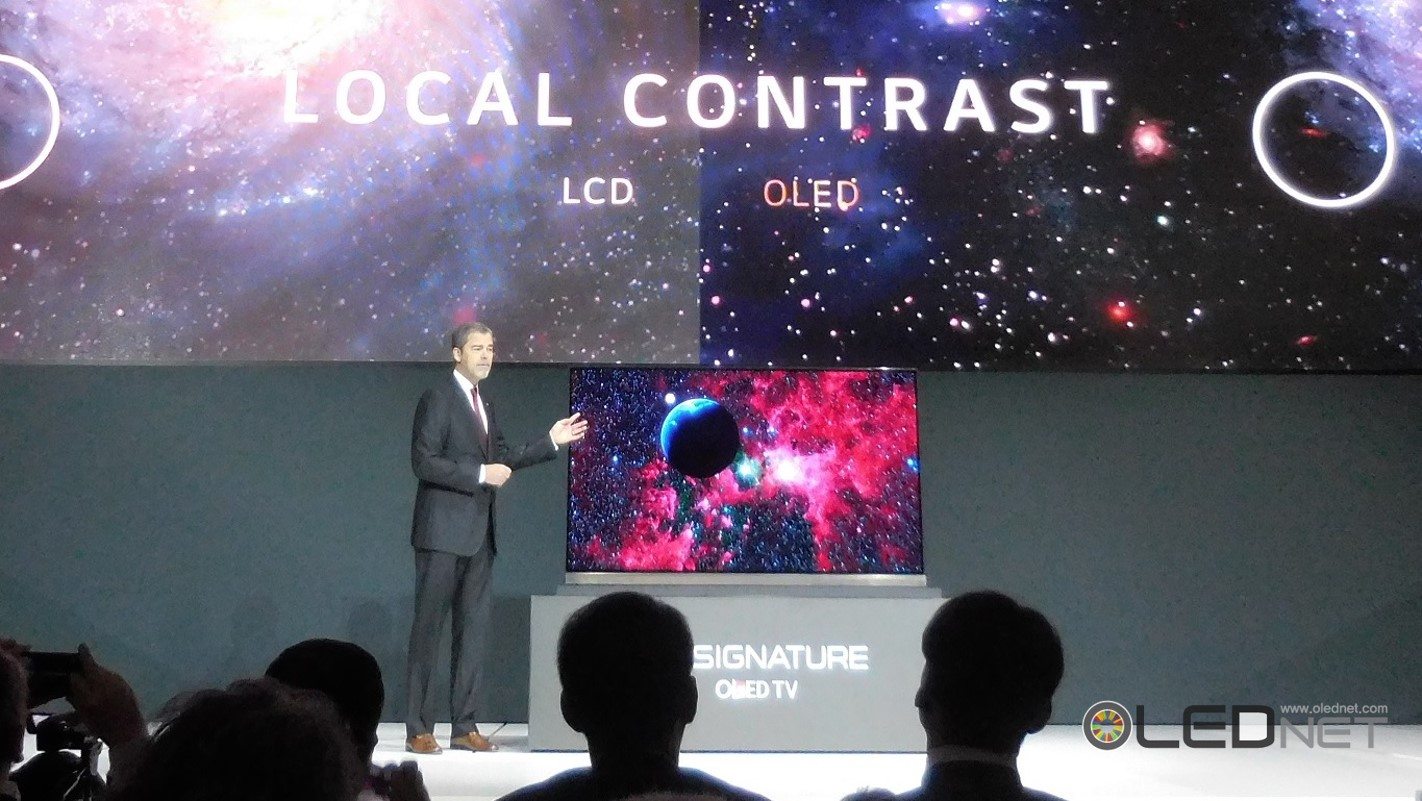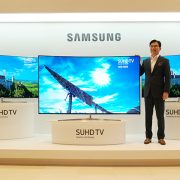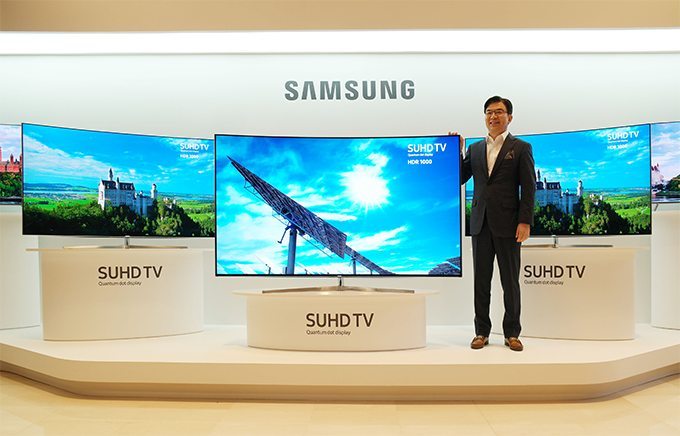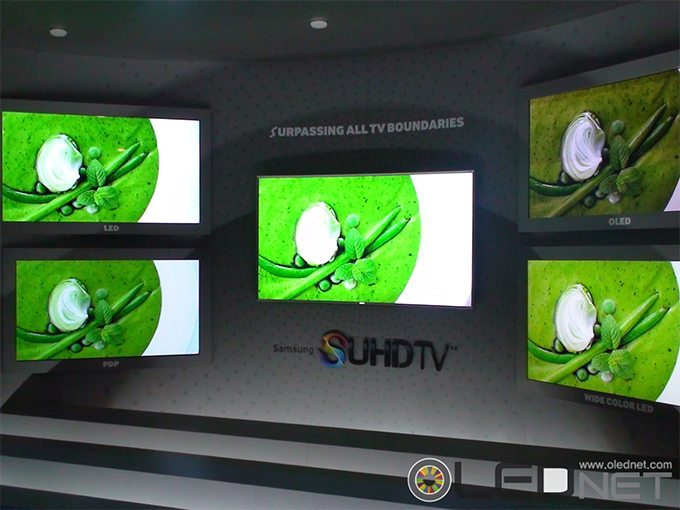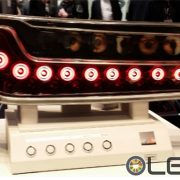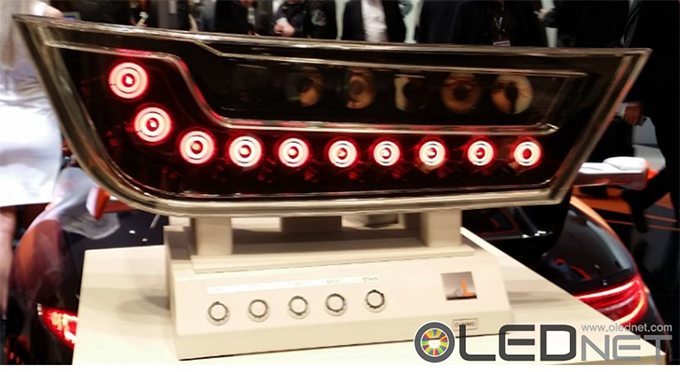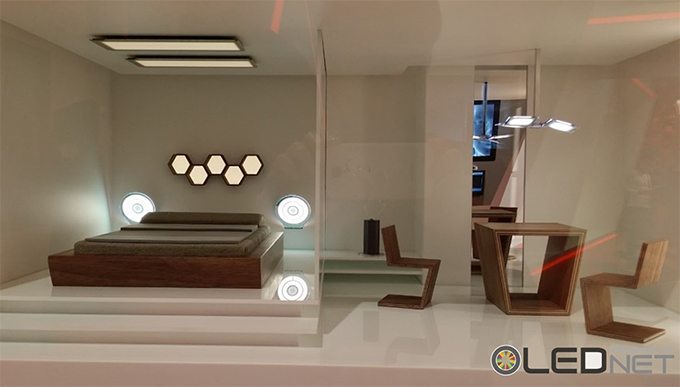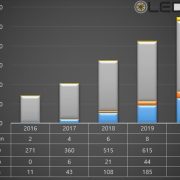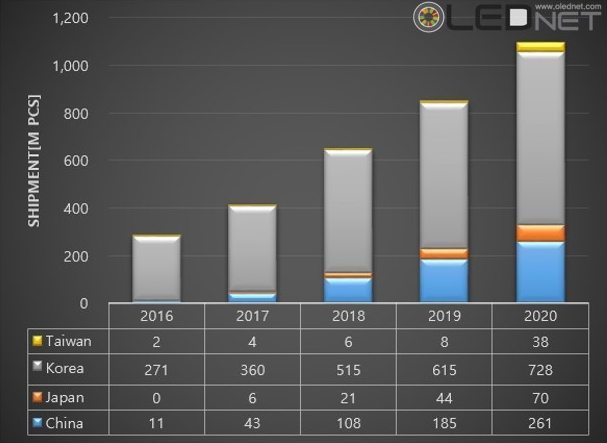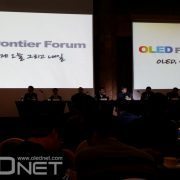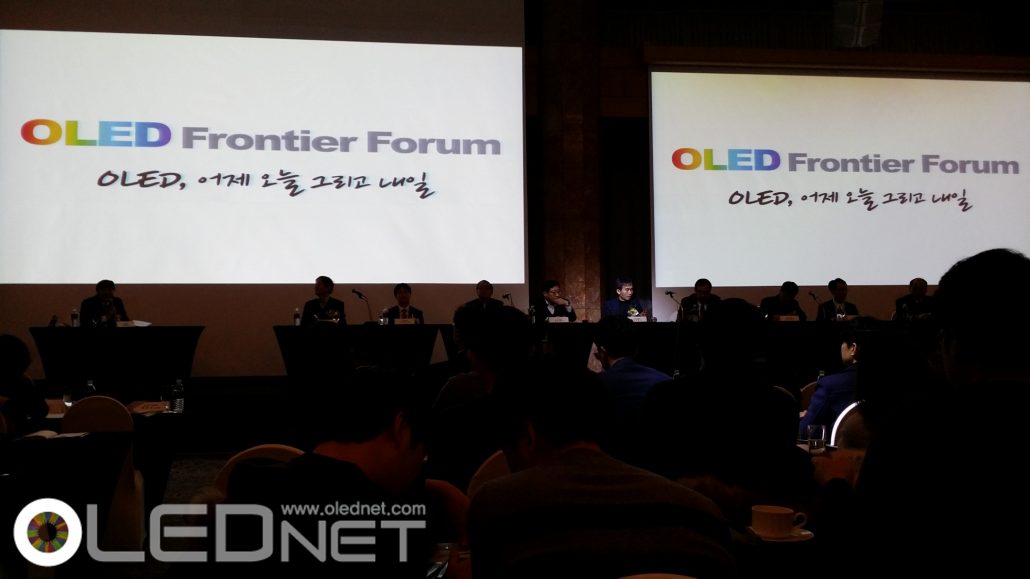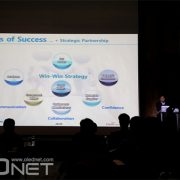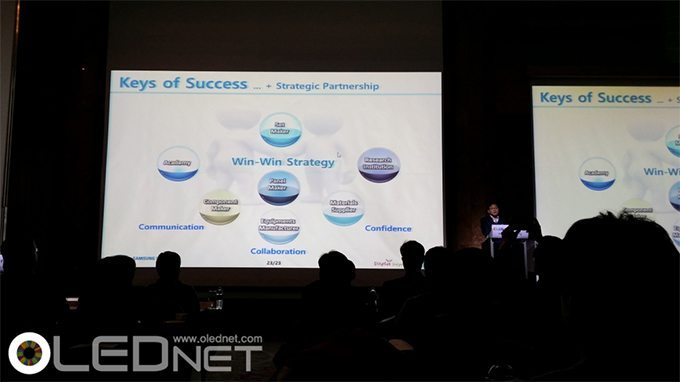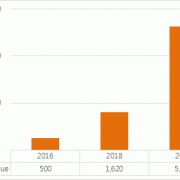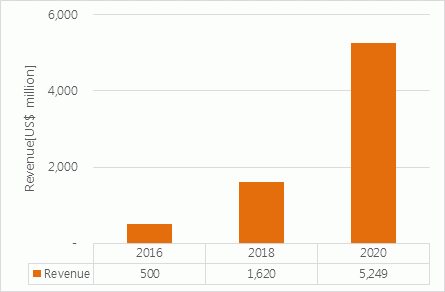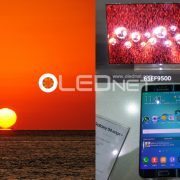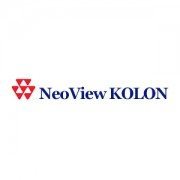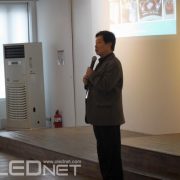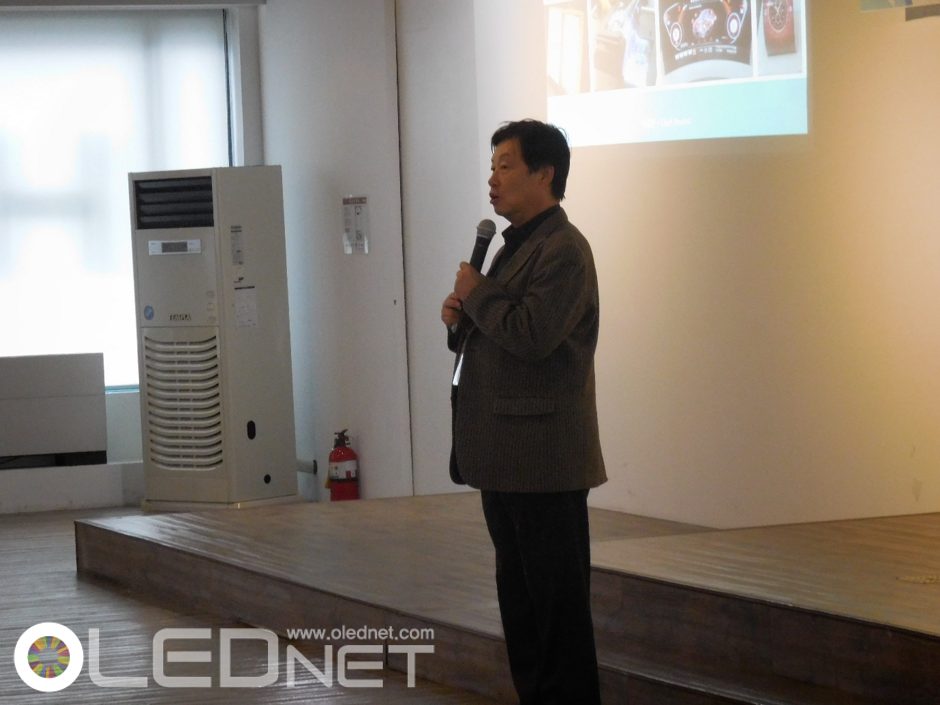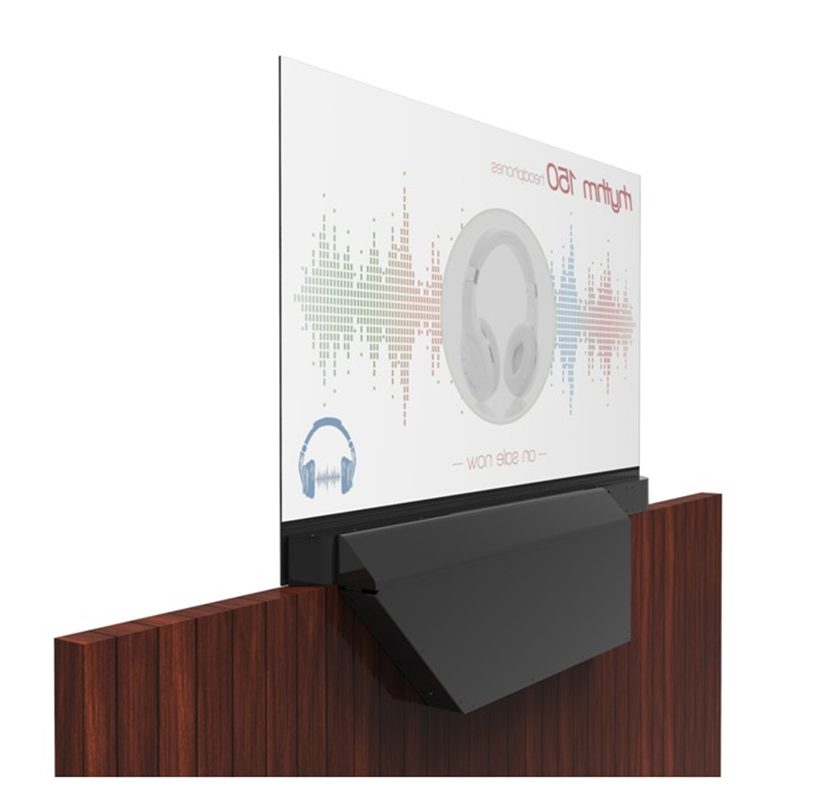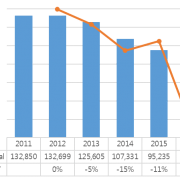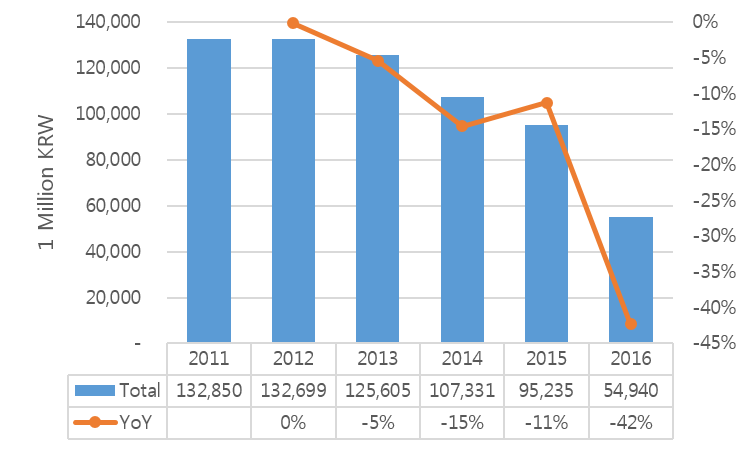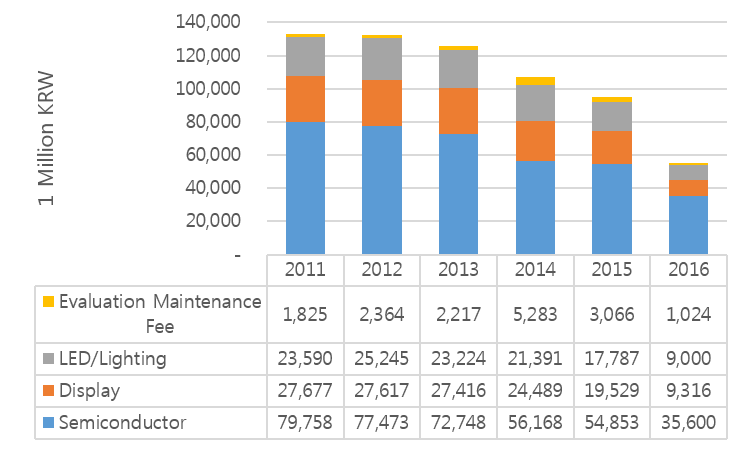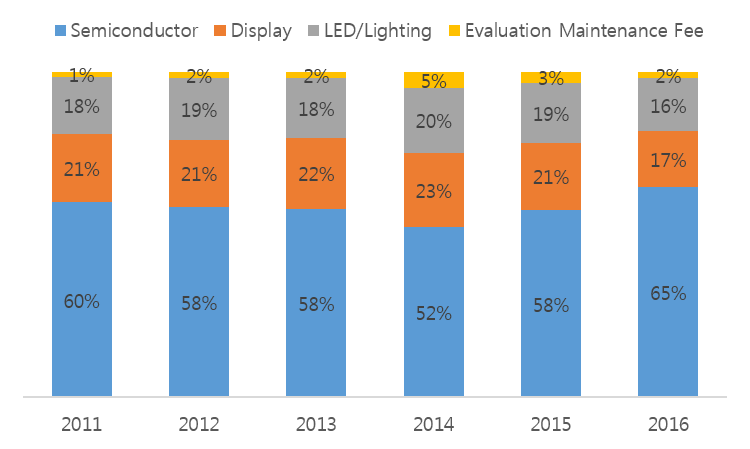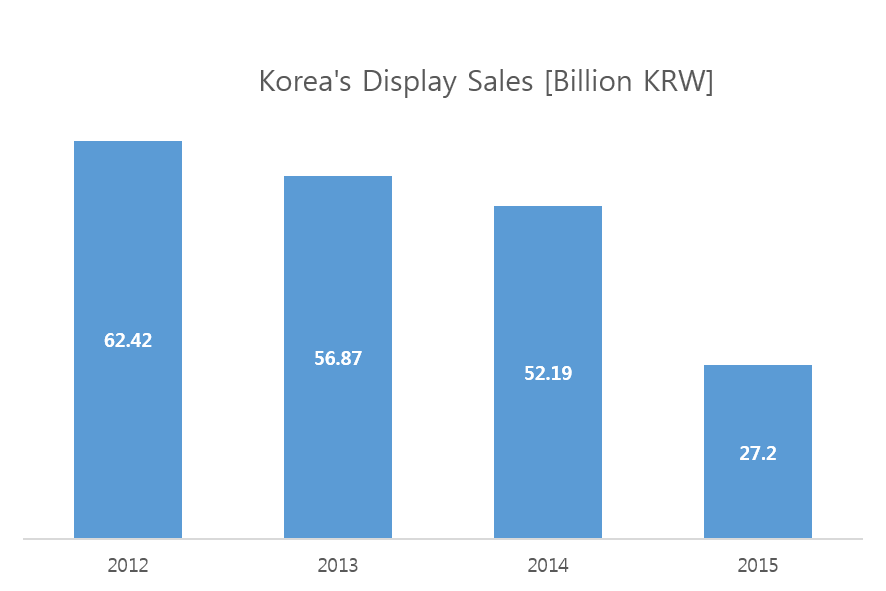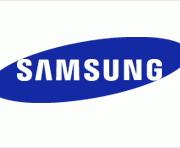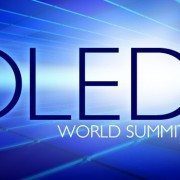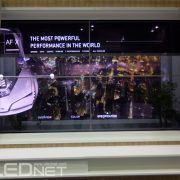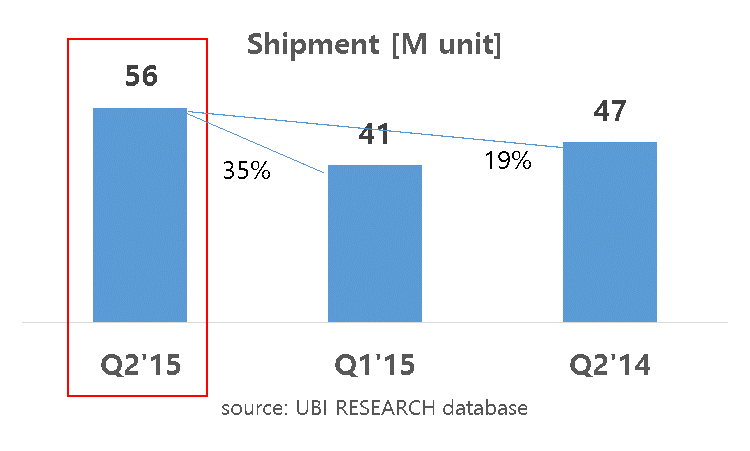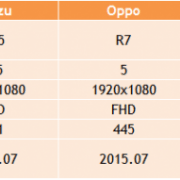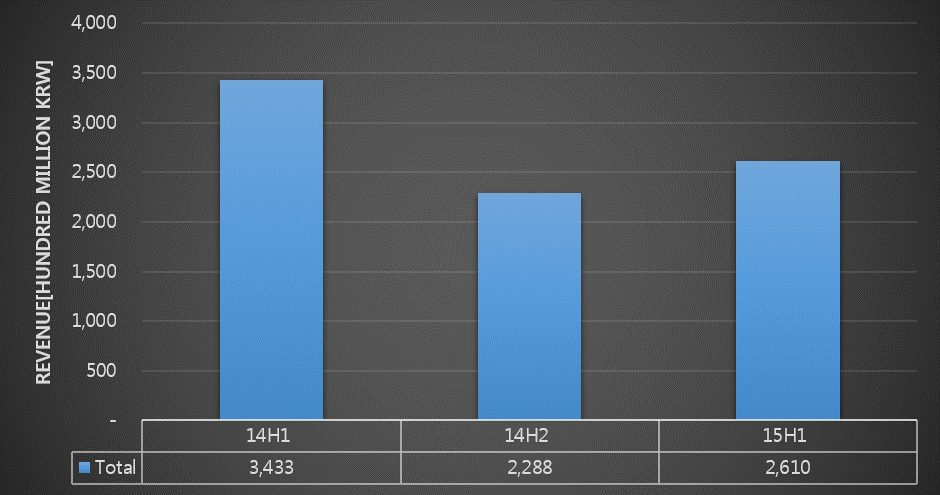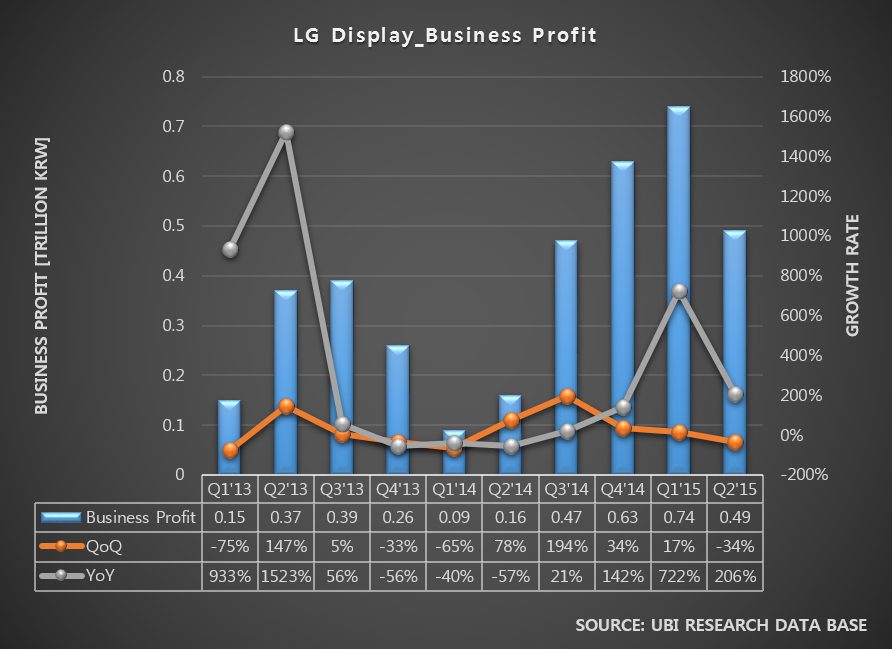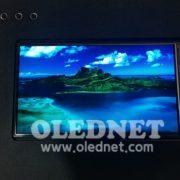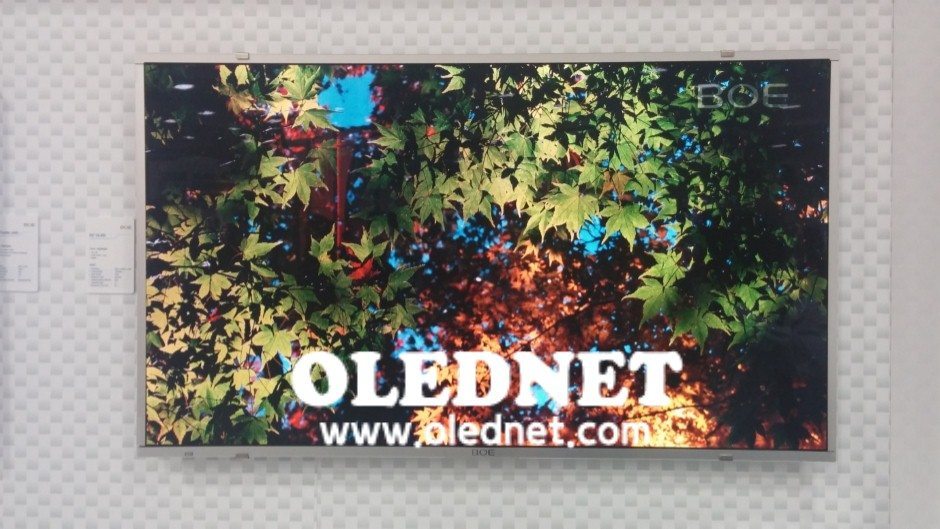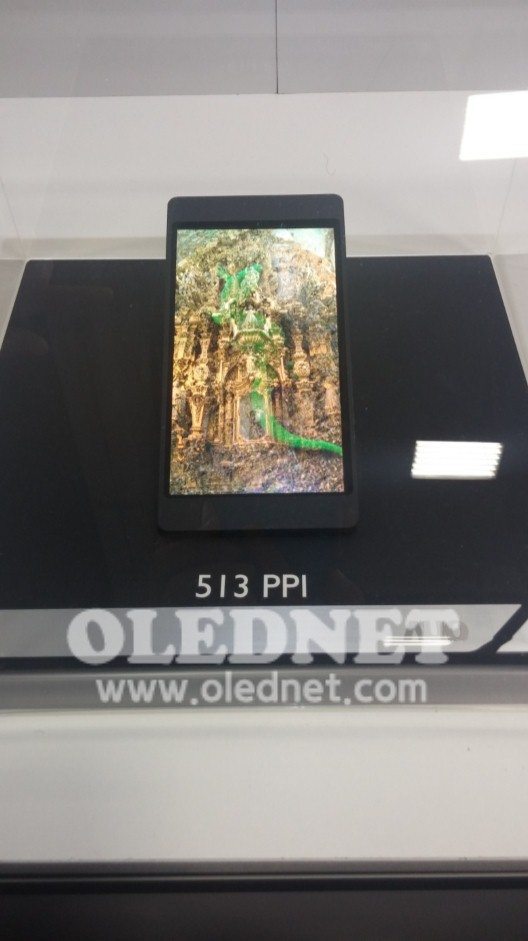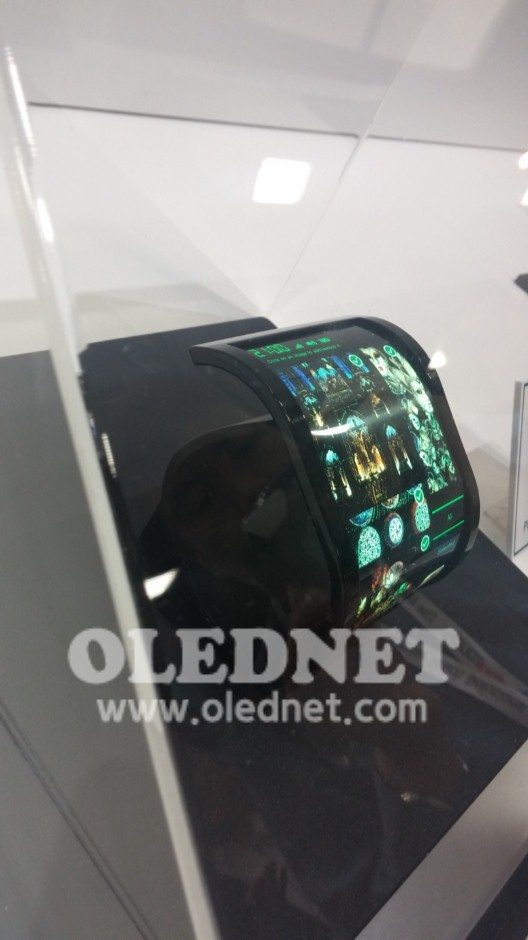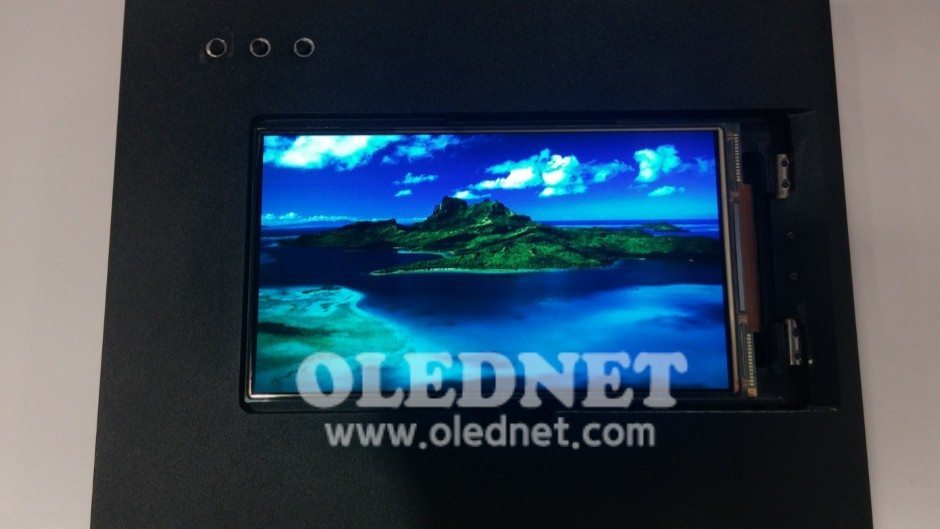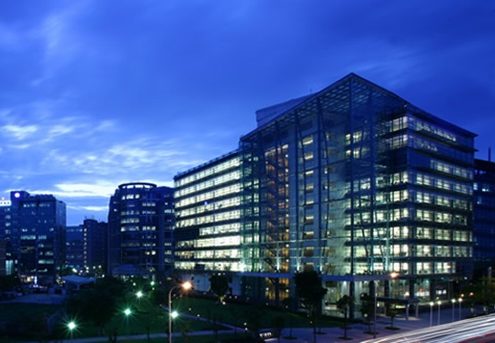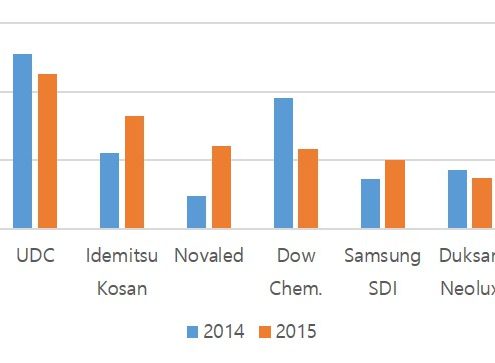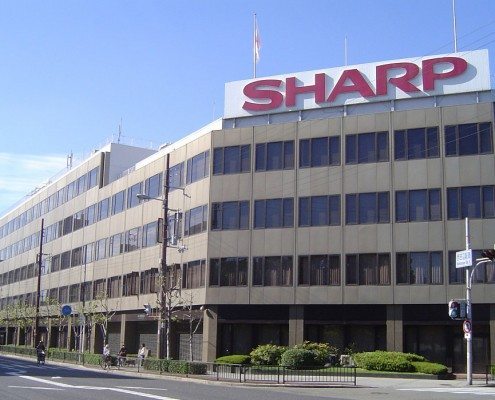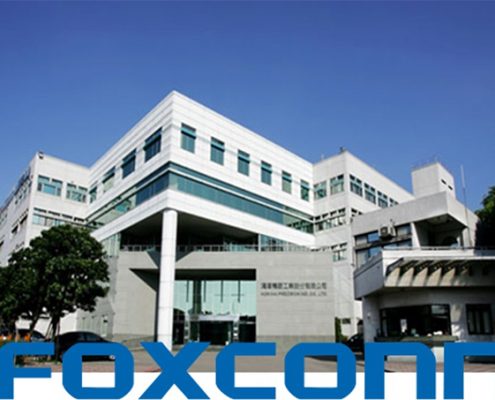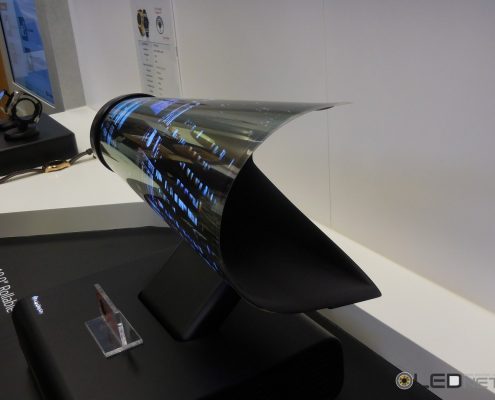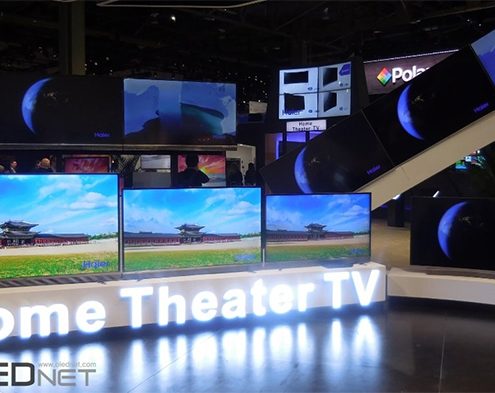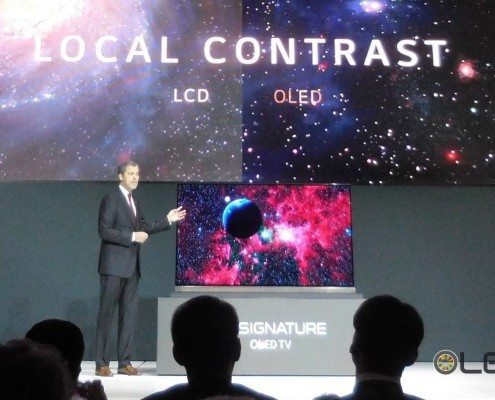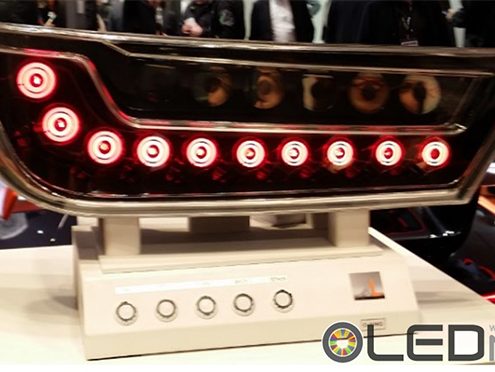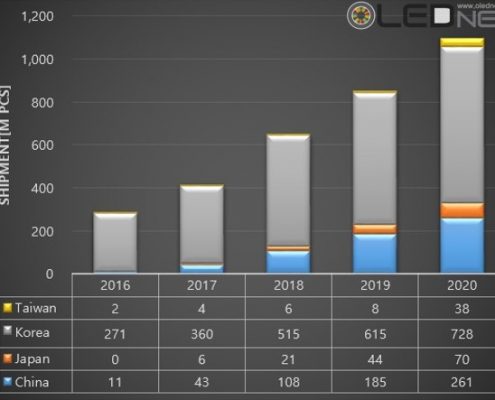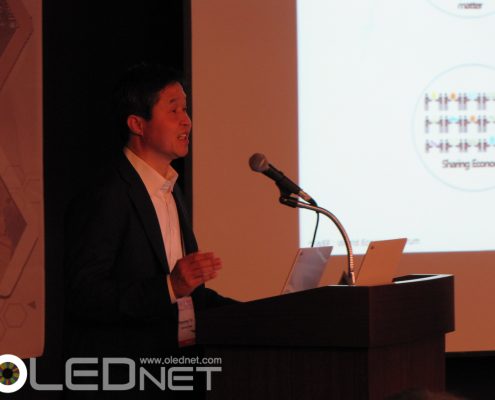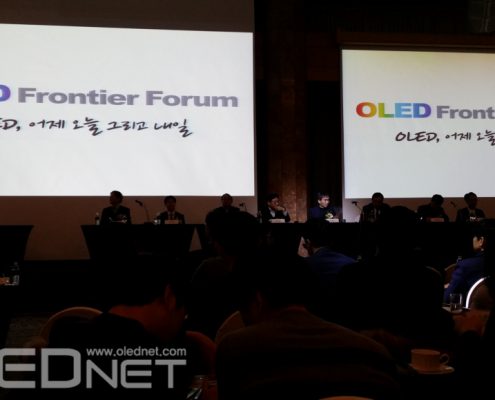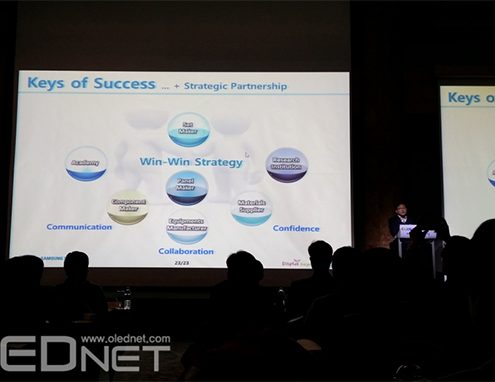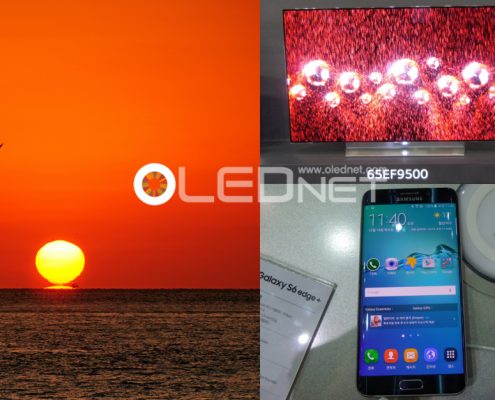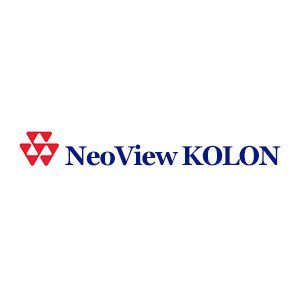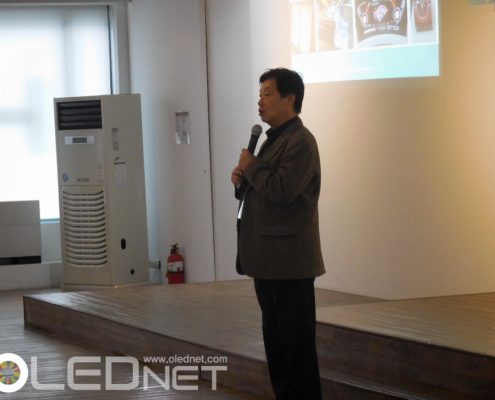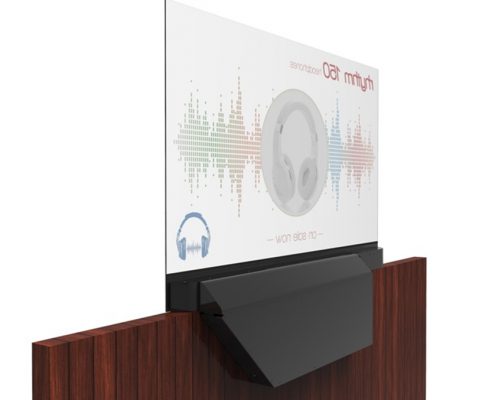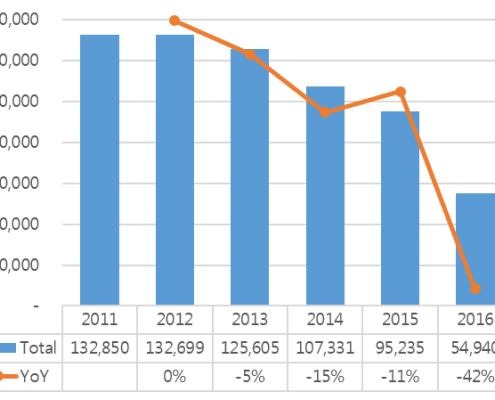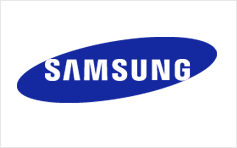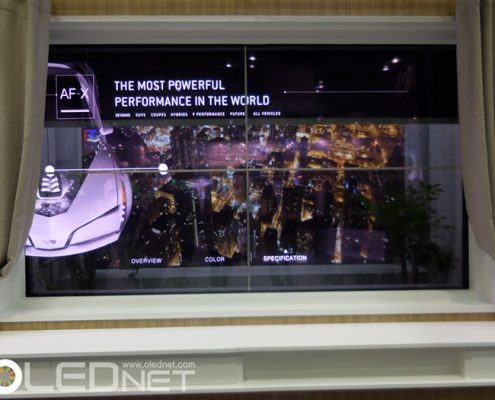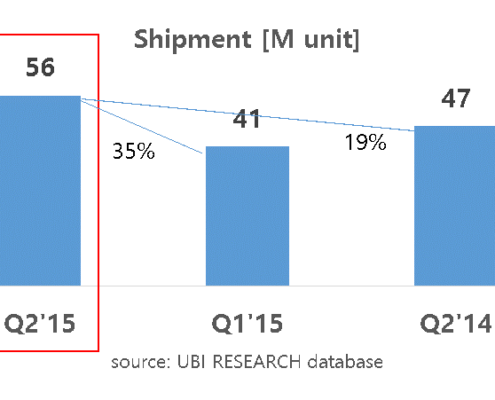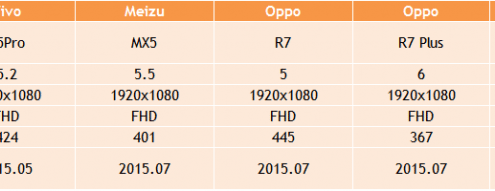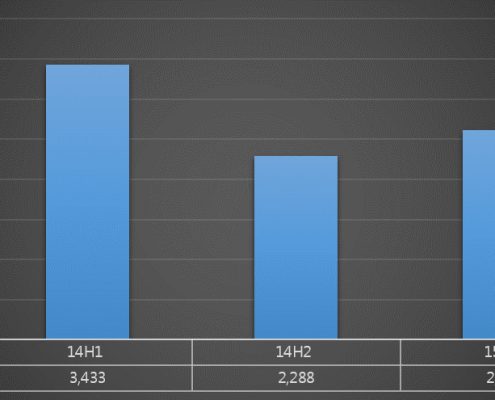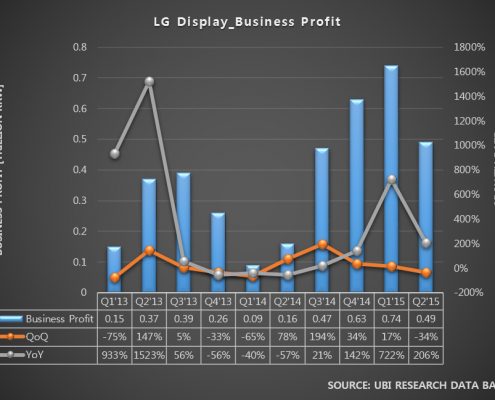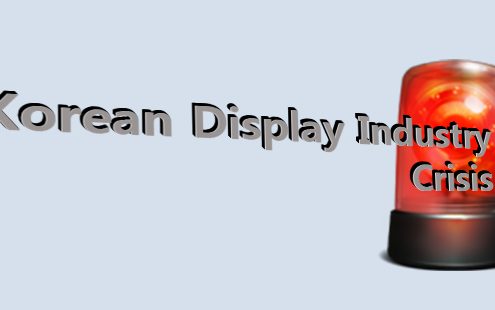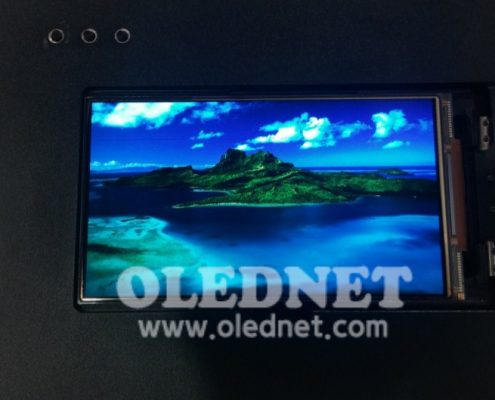Foxconn to Actively Mass Produce phone OLED in 2018…7.2mn for TV in 2025
Hyunjoo Kang /Reporter / jjoo@olednet.com

Foxconn Headquarters, Source: Foxconn
With the forecast of gradually bolstered investment in OLED by Foxconn that recently bought Sharp for $ 3.5 billion, there is a possibility that this company could actively mass produce OLED panel for smartphone from 2018.
DigiTimes recently reported their research indicates that Foxconn will actively mass produce OLED panels for smartphone from 2018 and increase the OLED panel mass production in stages.
According to DigiTimes, Foxconn is planning to first mass produce small size OLED panel for smartphone and then begin medium size OLED for tablet, notebook, and TV. In 2021, It is expected to release 3 million units of OLED panel for tablet and notebook, and increase it to 10.4 million units in 2025. Hence, Foxconn is expected to occupy a quite significant amount of market share in future OLED panel market.
IT is estimated to begin releasing OLED panel for TV in 2021. It’s OLED shipment for TV in 2021 is expected to be 252,000 units, but it is estimated to gradually increase to record 7.2 million units per year in 2025.
◆ “IGZO Technology to be Applied to OLED”
In a recent press conference regarding the Sharp takeover, Hon Hai’s Chairman Terry Gou said that IGZO, which is LCD (liquid crystal display) technology of Japan’s Sharp, is better than OLED, Korea’s newest display technology. He further revealed that future Sharp display will utilize IGZO technology for approximately 60% of the panel and OLED for 40%.
IGZO (indium gallium zinc oxide) display is Sharp’s LCD. IGZO is known to have superior picture quality in comparison to the general LCD, with less power consumption. It is used in the majority of smartphone and tablet PC such as iPad.
As Foxconn’s Sharp is IGZO technology’s leading company, DigiTimes estimates that IT will apply the IGZO backplane technology on OLED panel.
UBI Research, an OLED specializing market research company, explained that as Sharp’s small size LCD process is LTPS based, and can be transformed to OLED line, it will be easier for Foxconn to achieve OLED mass production ability through Sharp. He added that this added Foxconn to the lineup of Samsung Display, LG Display, and Japan Display as the likely supplier for iPhone OLED panel for Apple. Furthermore, he analyzed that although Foxconn and Japan Display are both latecomers in OLED sector, Foxconn is in a more favorable position due to its solid relationship with Apple.

